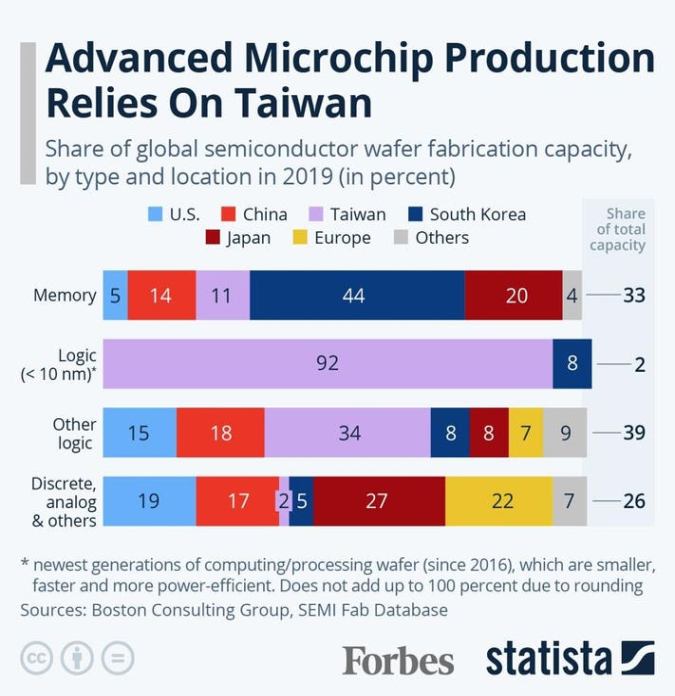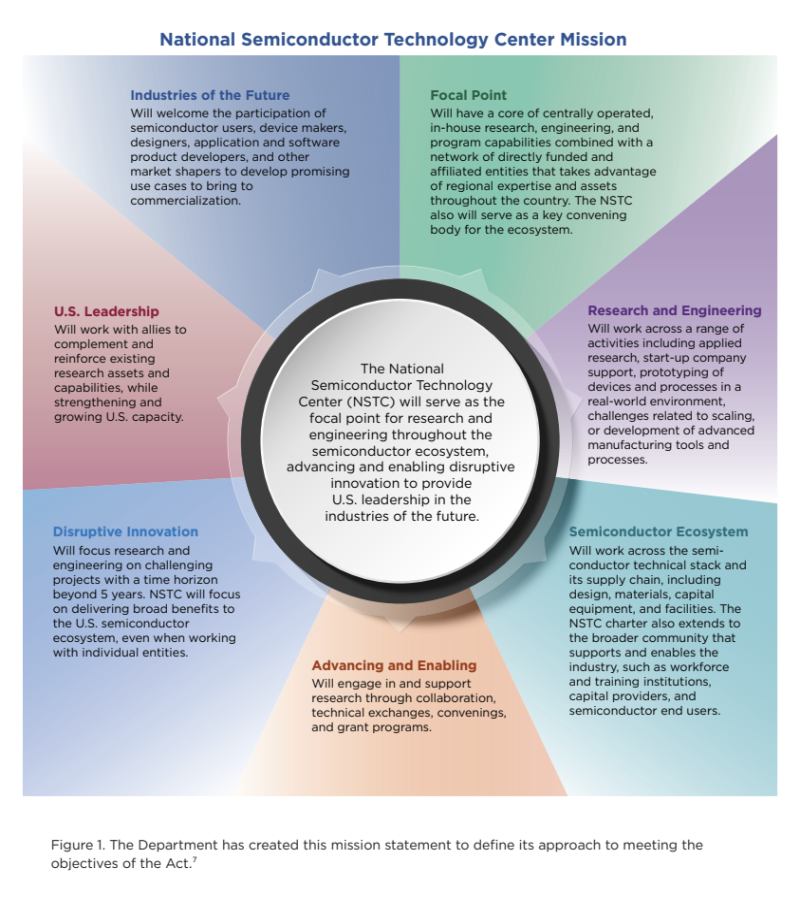The Growing US-Taiwan Partnership in Semiconductor Technology
The technology sector has always been at the forefront of global economic growth. Recently, the collaboration between the United States and Taiwan in semiconductor technology has garnered significant attention. This partnership is not just about technological advancements but also holds geopolitical importance.
Why Semiconductors Matter
Semiconductors are the backbone of modern electronics. They are essential components in everything from smartphones to advanced military systems. The United States has long been a leader in semiconductor design, while Taiwan excels in manufacturing and production.

The collaboration between these two powerhouses is poised to reshape the semiconductor landscape. Taiwan’s TSMC (Taiwan Semiconductor Manufacturing Company) is already a critical player in the global market. Their cutting-edge technology and efficient production methods make them a valuable partner for American tech companies.
Economic Implications
This partnership is not just about technology. It has profound economic implications for both countries. The United States aims to reduce its dependency on semiconductor imports, ensuring a steady supply for its industries. On the other hand, Taiwan benefits from increased investments and access to new markets.
The U.S. government has shown its commitment to this partnership by providing incentives and subsidies to semiconductor companies. This move aims to bolster domestic production and secure the supply chain. According to recent reports, billions of dollars are being allocated to semiconductor research and development.

Both countries stand to gain significantly from this collaboration. By combining their strengths, they can achieve technological breakthroughs that would be difficult to accomplish independently. The joint effort also sends a strong message to other global players about their commitment to technological excellence.
Technological Advancements
The partnership is already yielding results in terms of technological advancements. Collaborative research projects are underway, focusing on next-generation semiconductor technologies. These projects aim to develop more efficient and powerful chips, which will have applications in various sectors.
For example, advancements in semiconductor technology are crucial for the development of artificial intelligence (AI) and machine learning. These technologies require immense computational power, which can only be provided by advanced semiconductors. The joint efforts of US and Taiwanese researchers are expected to accelerate progress in these fields.

Another area of focus is the development of semiconductors for 5G technology. As the world moves towards faster and more reliable communication networks, the demand for 5G-compatible chips is skyrocketing. The US-Taiwan partnership aims to meet this demand by developing cutting-edge 5G semiconductors.
Challenges and Opportunities
While the partnership holds great promise, it is not without challenges. Geopolitical tensions and trade policies can impact the collaboration. Both countries need to navigate these challenges carefully to ensure the success of their joint efforts.
Additionally, the semiconductor industry is highly competitive. Other countries are also investing heavily in semiconductor technology, aiming to become leaders in this field. The US and Taiwan need to stay ahead of the competition by continuously innovating and improving their technologies.
Despite these challenges, the opportunities are immense. The partnership can lead to the creation of new jobs and industries, driving economic growth. It can also pave the way for technological advancements that can benefit the entire world.
Global Impact and Strategic Considerations
The US-Taiwan partnership in semiconductor technology isn’t occurring in a vacuum. It has the potential to alter global supply chains and influence international relations. For instance, other nations may seek similar partnerships or ramp up their own semiconductor initiatives to keep pace. This dynamic can lead to a more interconnected and competitive global market.
Moreover, the strategic considerations extend beyond mere economics. Semiconductors are crucial for national security, and having a reliable supply chain is vital. The collaboration between the US and Taiwan ensures that both nations can secure their technological sovereignty. It also serves as a counterbalance to other global players who are aggressively expanding their semiconductor capabilities.
The partnership allows the US to leverage Taiwan’s manufacturing prowess while offering Taiwan a safety net amid regional geopolitical tensions. This symbiotic relationship not only fortifies the semiconductor industry but also strengthens diplomatic ties, showcasing how economic and geopolitical strategies can align for mutual benefit.
Educational and Workforce Development
One of the less talked about but equally important aspects of this partnership is its impact on education and workforce development. Both countries are investing in training programs and educational initiatives to prepare the next generation of engineers and technicians. This foresight ensures a steady pipeline of skilled professionals who can drive future innovations.
Universities and research institutions in both countries are collaborating on joint programs, offering students unique opportunities to work on cutting-edge projects. This not only enhances their skills but also fosters a culture of innovation and cross-border collaboration. The exchange of knowledge and expertise will be invaluable for both nations as they strive to lead in semiconductor technology.
Moreover, by investing in education and workforce development, the partnership aims to address the talent shortage in the semiconductor industry. As technology evolves, the demand for skilled professionals continues to grow. By preparing a new generation of experts, both countries are ensuring that they remain at the forefront of technological advancements.
Environmental and Ethical Considerations
As the semiconductor industry grows, so does its environmental footprint. Both the US and Taiwan are aware of the need for sustainable practices. Collaborative efforts are underway to develop eco-friendly manufacturing processes and reduce the environmental impact of semiconductor production. This includes initiatives to minimize waste, improve energy efficiency, and reduce the use of hazardous materials.
Ethical considerations are also at the forefront. With the rise of AI and machine learning, there is an increasing need to ensure that these technologies are developed and used responsibly. The US-Taiwan partnership can set a benchmark for ethical standards in the industry. By focusing on transparency, accountability, and ethical guidelines, they can pave the way for responsible technological advancements.
Conclusion
The US-Taiwan collaboration in semiconductor technology is a significant development in the tech world. It highlights the importance of international partnerships in driving innovation and economic growth. As both countries continue to work together, the future of semiconductor technology looks promising.
The next few years will be crucial in determining the success of this partnership. With the right strategies and investments, the US and Taiwan can achieve remarkable advancements in semiconductor technology, shaping the future of the global tech industry. This partnership is not just about technological progress; it is about building a resilient and sustainable future for the semiconductor industry and beyond.
The collaboration sets a precedent for how countries can work together to address global challenges and seize opportunities. As we look ahead, the US-Taiwan partnership serves as a beacon of innovation, cooperation, and shared success in the rapidly evolving world of semiconductor technology.










